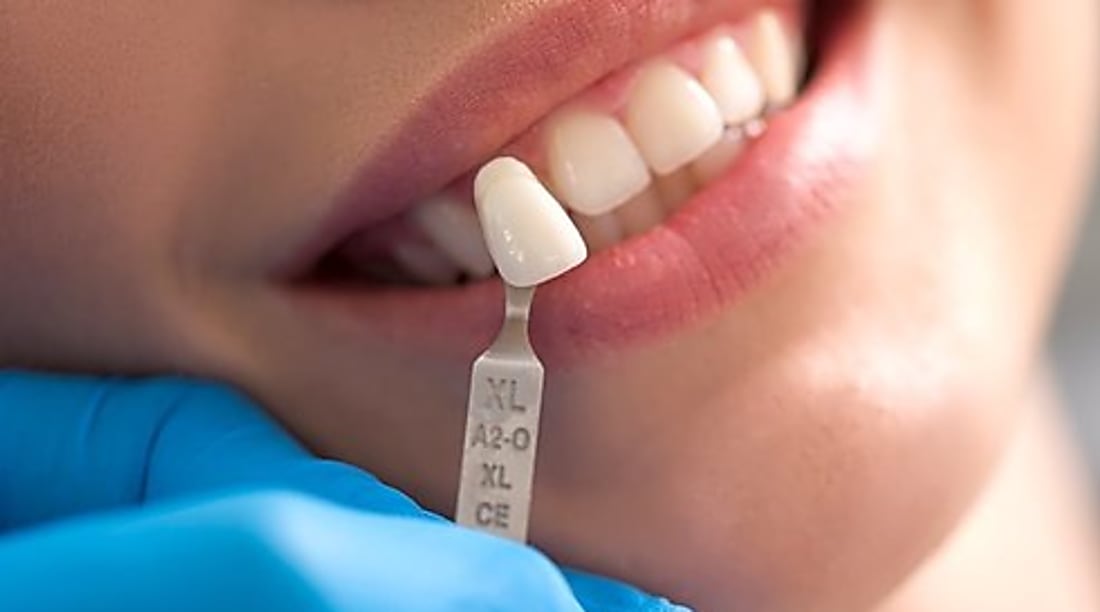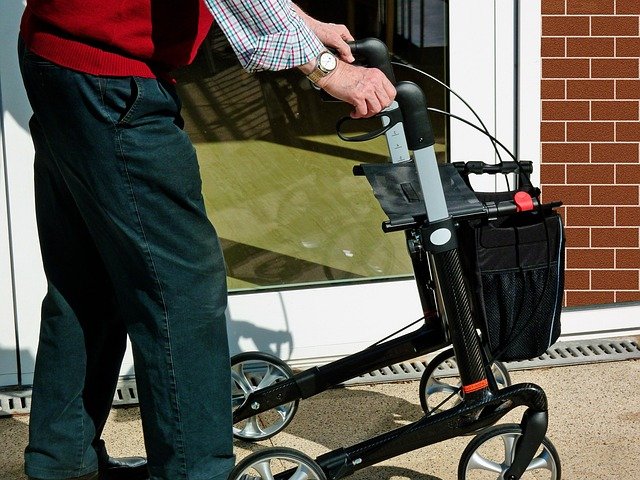Redefining the Role of Miniature Horses as Therapy Animals
Introduction: In the world of therapy animals, dogs and cats often steal the limelight. However, a new trend is emerging - miniature horses are beginning to make a significant impact. These pint-sized equines are not just adorable; they're also playing a crucial role in helping people with various physical and psychological conditions.

A Miniature History of Miniature Horses
Miniature horses, as the name suggests, are small equines standing up to 34-38 inches tall at the withers. While their exact origin is debatable, they have been bred for centuries for their small size, first appearing in Europe in the 1600s. These tiny horses were initially used in coal mines in England and Belgium before becoming popular as pets for European nobility.
From Pasture to Therapy
The transition of miniature horses from simple pets to therapy animals began in the late 20th century. Their calm demeanor and intelligence made them ideal for therapeutic uses. Therapy animals provide comfort, reduce stress and anxiety, and can even assist with physical rehabilitation. Miniature horses have been found to excel in these roles, particularly in settings where people may fear dogs or are allergic to other common therapy animals.
The Current Trend: Miniature Horses in Healthcare
Today, miniature horses are being increasingly used in hospitals, nursing homes, and rehabilitation centers. They are also employed in schools and libraries to help children improve their reading skills by serving as non-judgmental listeners. This trend is gaining momentum, with more institutions recognizing the therapeutic benefits these small equines can offer.
The Impact on the Pet Market
With their rise as therapy animals, miniature horses have also seen an increase in popularity as pets. However, they are not your typical household pet. The cost of owning a miniature horse can vary significantly, ranging from $1,000 to $200,000 depending on the breed, lineage, and training. Additionally, potential owners need to consider the cost of care, including feeding, grooming, and veterinary bills.
A Future of Miniature Proportions
As more people become aware of the therapeutic benefits of miniature horses, their role as therapy animals is likely to continue expanding. Research continues to validate the positive impact these animals can have on human health and well-being. With this trend, we can expect to see more miniature horses trotting their way into our hearts and healing spaces.
In conclusion, while dogs and cats may be the traditional therapy animals, miniature horses are galloping into the spotlight. Their unique combination of size, demeanor, and intelligence make them excellent therapy animals. As we continue to explore innovative ways of improving human health and well-being, it’s clear that these tiny equines will continue to play a significant role.




